Pulished on Jun. 05, 2023
Cutlery sets are an essential part of our daily lives, enhancing our dining experiences and adding a touch of elegance to our meals. Two popular finishes used in cutlery sets are mirror polish and matte polish. Mirror polish exhibits a high shine, reflecting light and creating a glamorous effect, while matte polish possesses a subdued, velvety appearance. This essay aims to explore the characteristics of both finishes, outlining their differences and discussing the factors to consider when choosing between them.
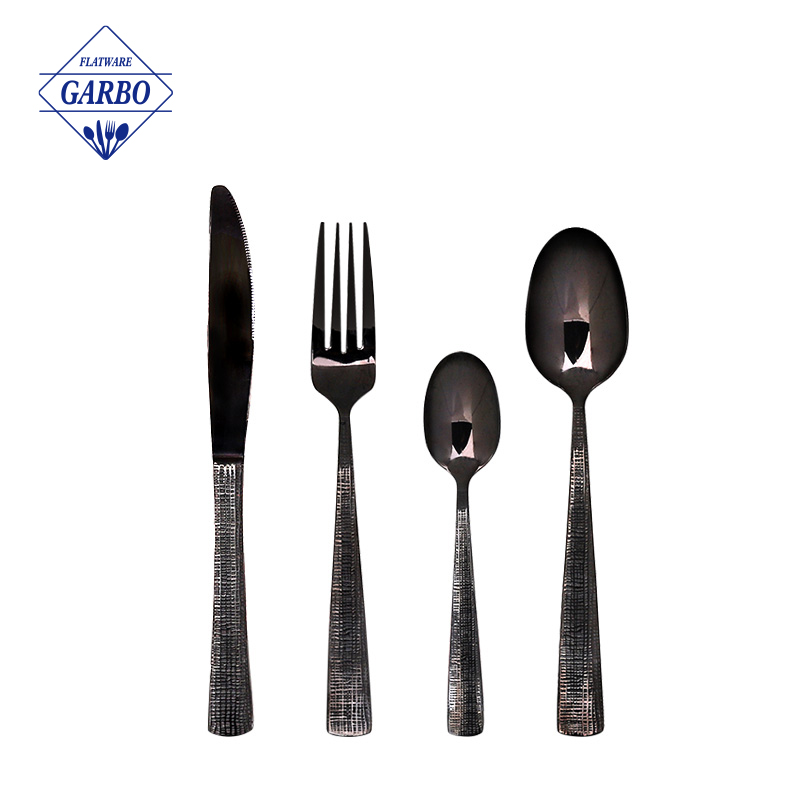
Mirror Polish
Tip1: Definition and Characteristics
Mirror polish, also known as high polish or glossy finish, refers to a reflective surface achieved through meticulous polishing techniques. It imparts a luxurious and radiant appearance to cutlery items.
Tip2: Manufacturing Process
Polishing: Mirror polishing involves multiple stages of grinding and buffing to remove imperfections, scratches, and blemishes from the surface of the cutlery item.
Buffing: The final step in mirror polishing is buffing with a polishing wheel and abrasive compounds to create a mirror-like surface.
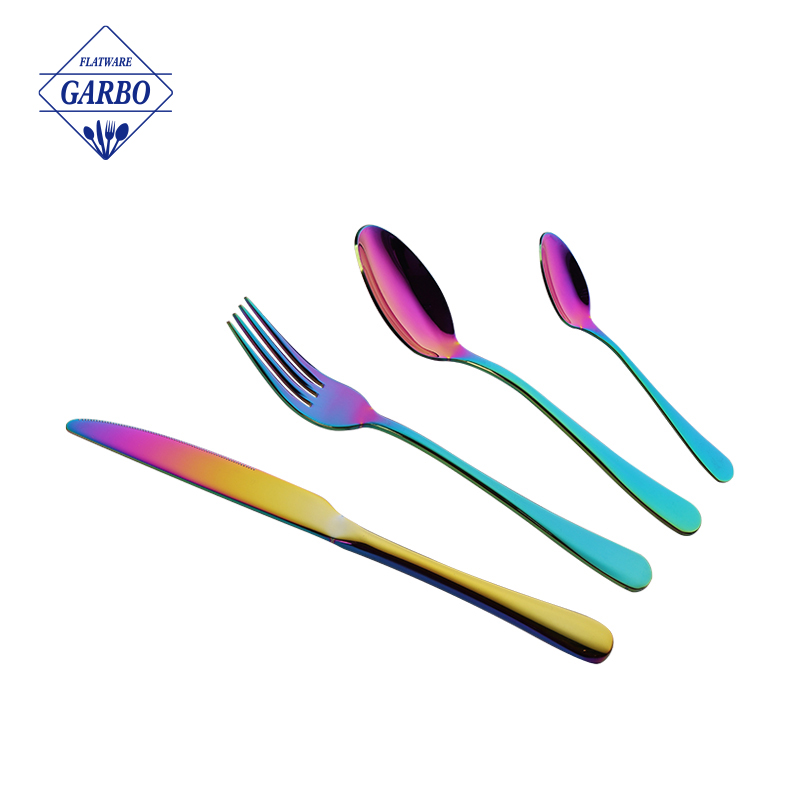
Tip3: Visual and Aesthetic Appeal
Reflectivity: Mirror polish reflects light uniformly, creating a bright and luminous effect.
High Shine: It imparts a glossy, sleek, and sophisticated appearance to the cutlery, enhancing the table setting.
Perception of Cleanliness: Mirror polish is often associated with cleanliness, as any smudges or stains are easily visible on its highly reflective surface.
Tip4: Maintenance and Care
Fingerprints and Smudges: Mirror polish can show fingerprints and smudges more easily compared to matte finishes. Frequent cleaning with a soft cloth is recommended.
Scratches: Due to its highly reflective surface, mirror polish is more prone to visible scratches. Extra care should be taken while handling and storing these cutlery items.
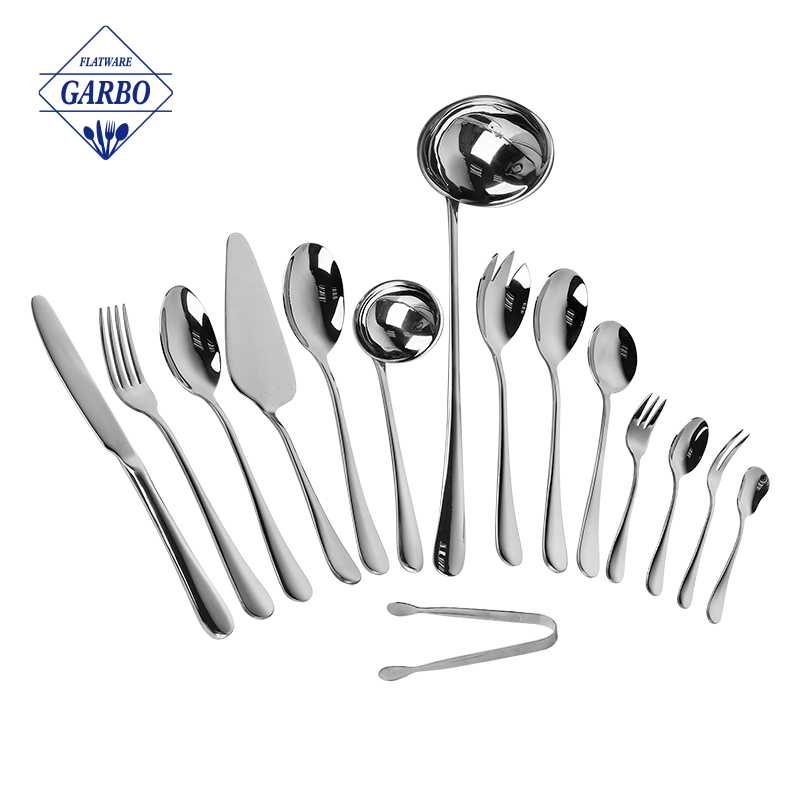
Matte Polish
Tip1: Definition and Characteristics
Matte polish, also known as satin or brushed finish, is characterized by a non-reflective, soft, and textured appearance. It exudes a contemporary and understated elegance.
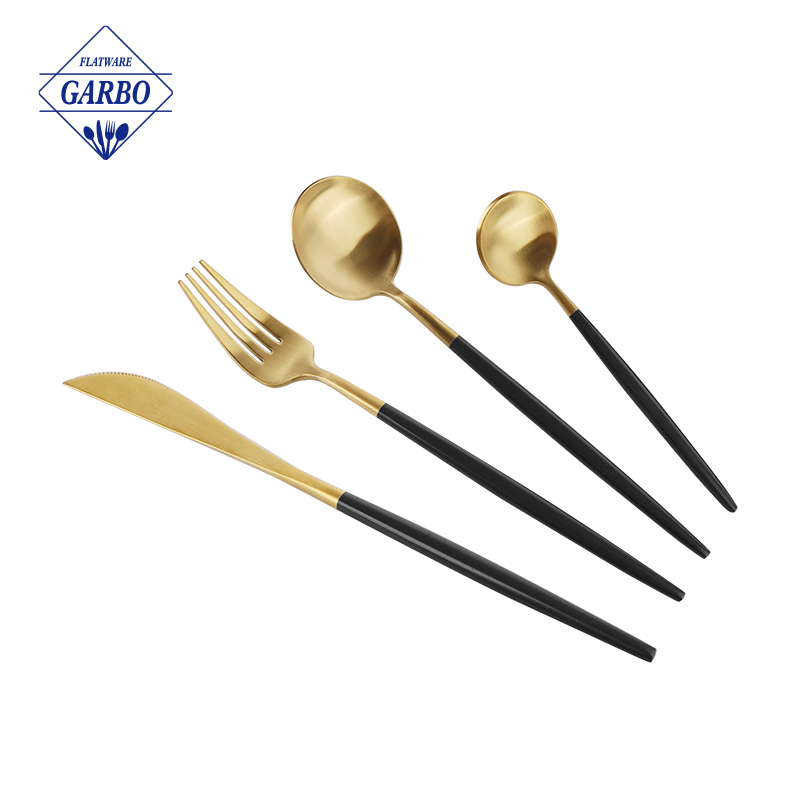
Tip2: Manufacturing Process
Sanding: Matte polish is achieved through sanding the surface of the cutlery item, resulting in a textured finish.
Brushing: The brushed finish is attained by moving a brush or abrasive material along the surface, creating a consistent pattern.
Tip3: Visual and Aesthetic Appeal
Subdued Elegance: Matte polish provides a muted, refined, and modern aesthetic to the cutlery, complementing various table settings.
Hiding Imperfections: Unlike mirror polish, matte polish is effective at concealing scratches, fingerprints, and smudges, making it a low-maintenance option.
Warmth and Comfort: The soft, velvety appearance of matte polish can create a warm and inviting ambiance during meals.
Tip4:Maintenance and Care
Cleaning: Matte polish is relatively easier to clean, as it does not readily show fingerprints. Mild dish soap and a non-abrasive sponge can be used for regular cleaning.
Scratches: While matte polish is less likely to show scratches, deep cuts or abrasions may still affect its appearance. Avoid using abrasive cleaning agents or rough scrubbing pads.
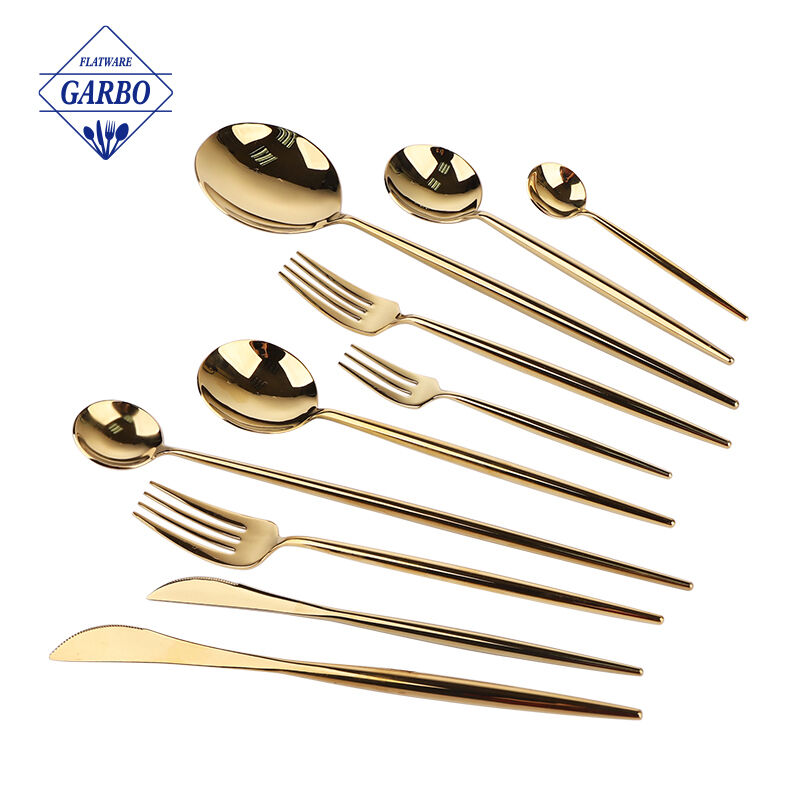
How to choose mirror polish or matte polish? Some customer may have many questions on it. If you want to know more details, pls warmly welcome to send us an inquiry. As we all know, the most important question that customers want to know is the price, the price between mirror polish and matte polish, do not have a very big difference. Because the price mostly depends on the material, thickness, weight, colors of the cutlery items. We garbo international has very professional production team in flatware field, pls send us your question or idea at your free.